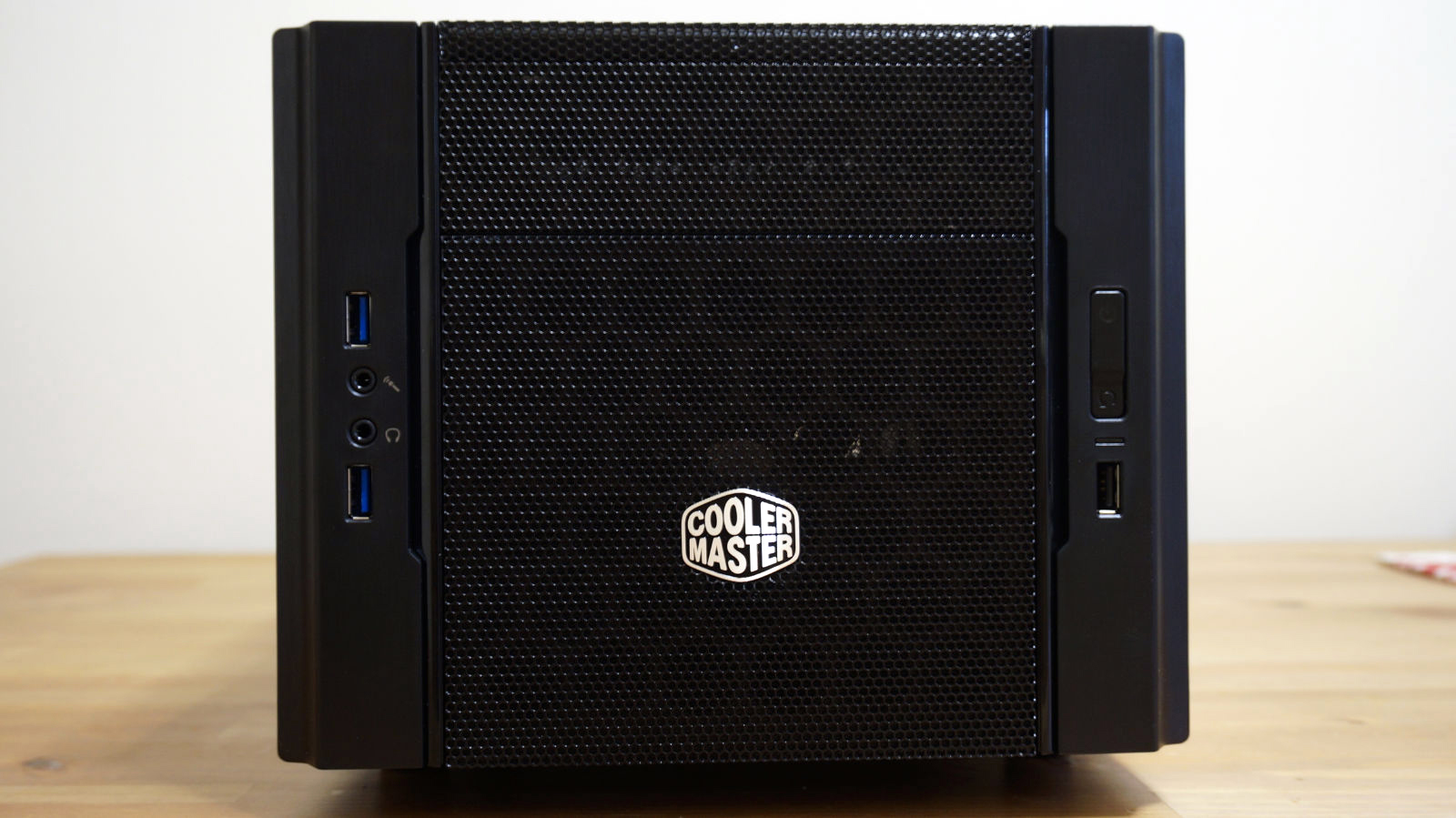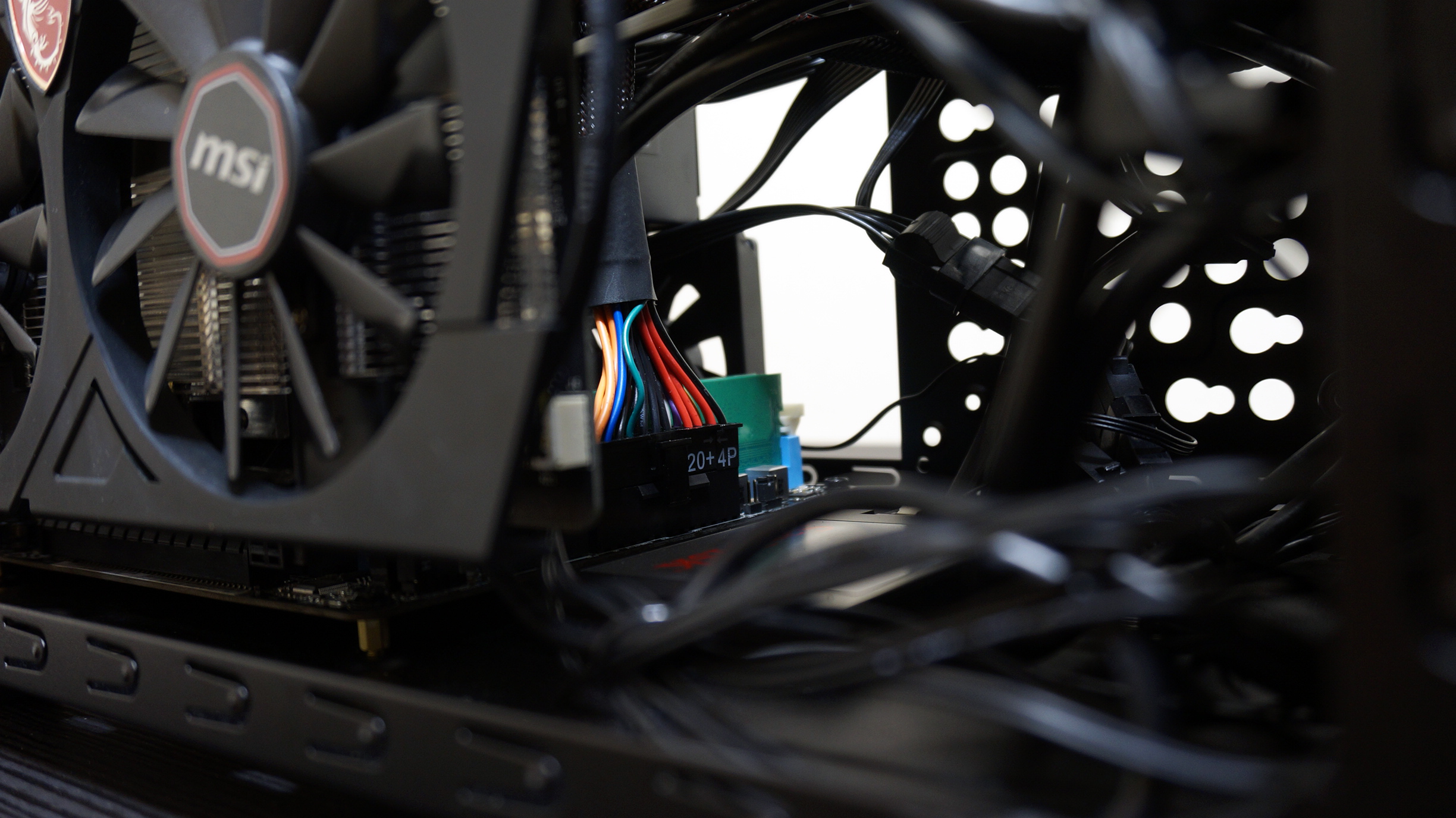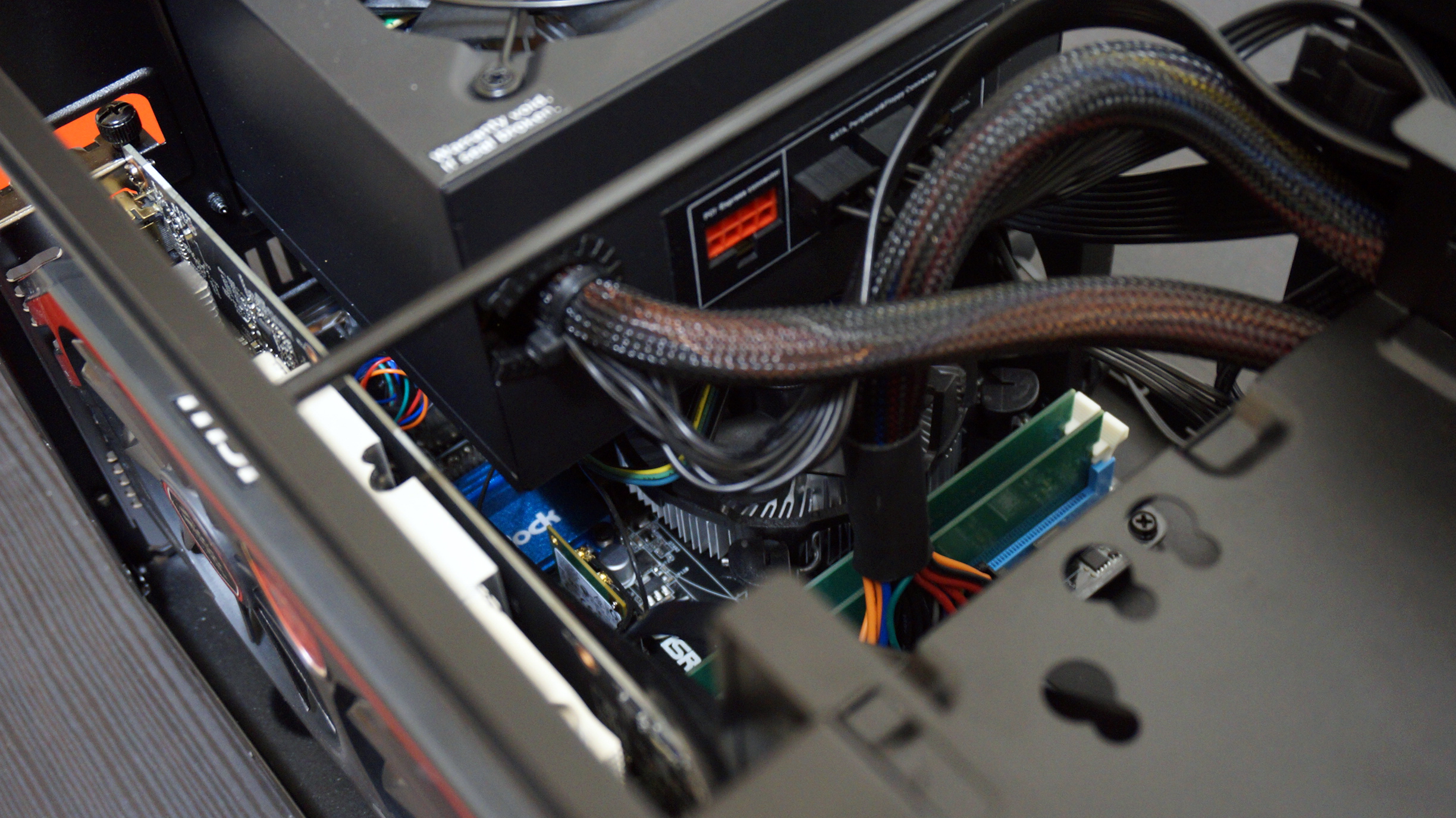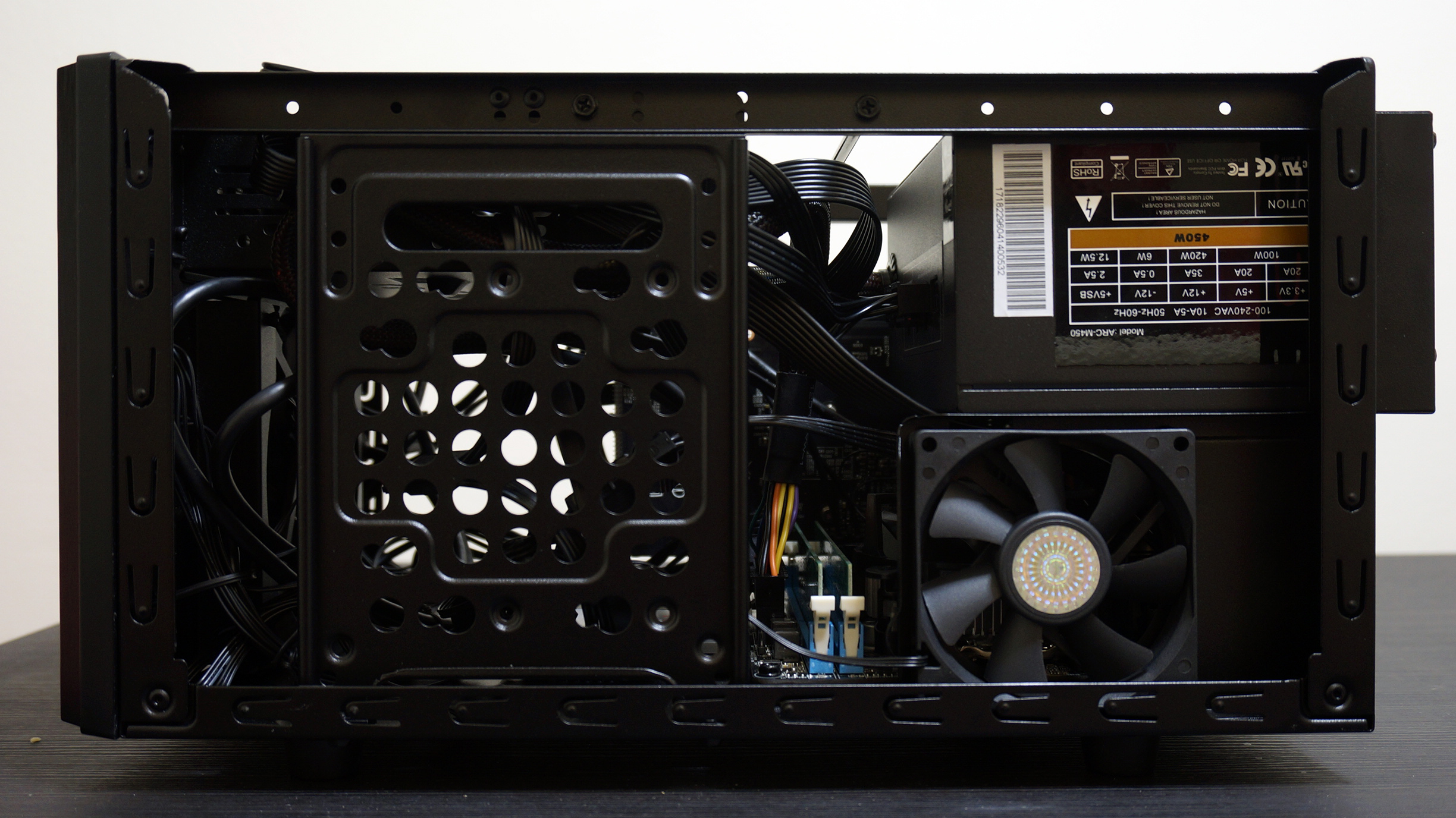Build your first gaming PC: 5 tips from a first-time builder
Experts often overlook these tips for building a gaming PC
I may have steeled myself for the Iron Horde now, but only after several days of mistakes, missteps and errors. I hope that my experience may save you some of the headache that preceded my eventual PC gaming nirvana, because dude, this rig is sweet.
1. You might not have all the right tools
Our brilliant friends over at Maximum PC told me that all I would need to build my gaming PC was a simple Phillips screwdriver. Lies. To install the included 802.11ac Wi-Fi module on my motherboard, I needed a #00 screwdriver.
To avoid a run to the local hardware store in the middle of your build, take every part out of the package and skim the stack of installation manuals. Find out whether you have every tool and part necessary to build the thing before you begin. Returning to a half-built PC is the stuff of nightmares.

2. If you can avoid it, don't use mini ITX
For the uninitiated, mini ITX is the smallest form factor motherboard and case that can accept a discrete graphics card. But leave these to the pros (like I should have). In such a small chassis, things will get tight as you get further into your build. After you get your power supply in there, you'll have room for a few fingers at best. That's when you begin to truly appreciate the amount of computing power packed into the latest consoles.
Because I live in a one-bedroom apartment that another human also occupies, however, I went ahead and used mini ITX. I would like this other human to remain my fiancée, so I built a machine that wouldn't dominate the two-person desk in our living room. But if you have the space, for the love of all that is holy, using a roomier chassis for your first build will save yourself hours of frustration.

3. Use every last cable tie
My Maximum PC pals told me that before I even started inserting silicon, I should have a plan for where the cables will go. And that no, "I'll just shove them between the 3.5-inch drive bay and case wall," does not constitute as a plan.
Chances are that either your case or power supply came with a pack of cable ties, those little plastic things that zip closed. (If my case hadn't come with them, I would have picked up these velcro cable ties.)You can use those to loop through the metal hooks on the case and around every wire in your PC. Let no cable go untied!
Get daily insight, inspiration and deals in your inbox
Sign up for breaking news, reviews, opinion, top tech deals, and more.
4. Drives need power, too
It's a simple, rookie mistake – at least that's what I'm telling myself. It turns out disk and optical drives need power to run just like your fans do. SATA connections do not provide power, only data.
Nothing bad will happen to your machine if you try to boot it the first time without these hooked up to the power supply. (This guy I know tried that once and everything was fine.) In most cases, it simply won't turn on. Just get back in there and use 4-pin to SATA cables to pipe power where it needs to go.

5. Your graphics card needs drivers to work, silly
Your build is complete. Everything is connected, your fans are clear. You're ready for takeoff. And nothing's happening on the screen. You've checked all your connections, including the GPU and it all seems good to go. What's the deal?
Without drivers, your motherboard and CPU have no idea how to communicate with that foreign part. These parts don't natively understand the PCI-E connection.
After I worked this out for myself, I turned off the computer off completely – flipping that power switch in the back, too – and connected the VGA cable to the main I/O shield (the CPU in my build packs integrated graphics).
Protip: you must use a VGA cable until you can install the GPU drivers. After all the drivers are installed, turn off the system in the same fashion and switch to HDMI or another connection, like DisplayPort or DVI. I, for one, had to buy a VGA cable, because I threw out the one that came with my old, 15-inch HDTV that I ended up having to replace anyway. Your new monitor likely came with one in the box, but if you're hooking this rig up to an HDTV, you'll likely have to to do the same.

In the end...
These are all simple problems or mistakes that I didn't need to make. Had I known about or thought through them ahead of time, I could have saved myself several hours of build time.
When the computer finally booted properly and I launched my first game (WoW, natch), the feeling of seeing a system that I put together with my own two hands work as well or better than the ones you see in Best Buy, was well worth it. And yes, that includes the grumbly trips to various stores and nearly spraining my hand fastening the main power supply wire to a cable tie.
Not only do I have a system that eats 60fps for breakfast, I learned an immense amount about how and why computers work, all of which will come in handy when something breaks or it's time to upgrade. Oh, and The Horde best watch its back
- 1
- 2
Current page: The tips only a noob could give you
Prev Page Why it took me so long to build a PCJoe Osborne is the Senior Technology Editor at Insider Inc. His role is to leads the technology coverage team for the Business Insider Shopping team, facilitating expert reviews, comprehensive buying guides, snap deals news and more. Previously, Joe was TechRadar's US computing editor, leading reviews of everything from gaming PCs to internal components and accessories. In his spare time, Joe is a renowned Dungeons and Dragons dungeon master – and arguably the nicest man in tech.
